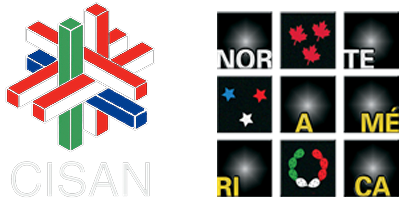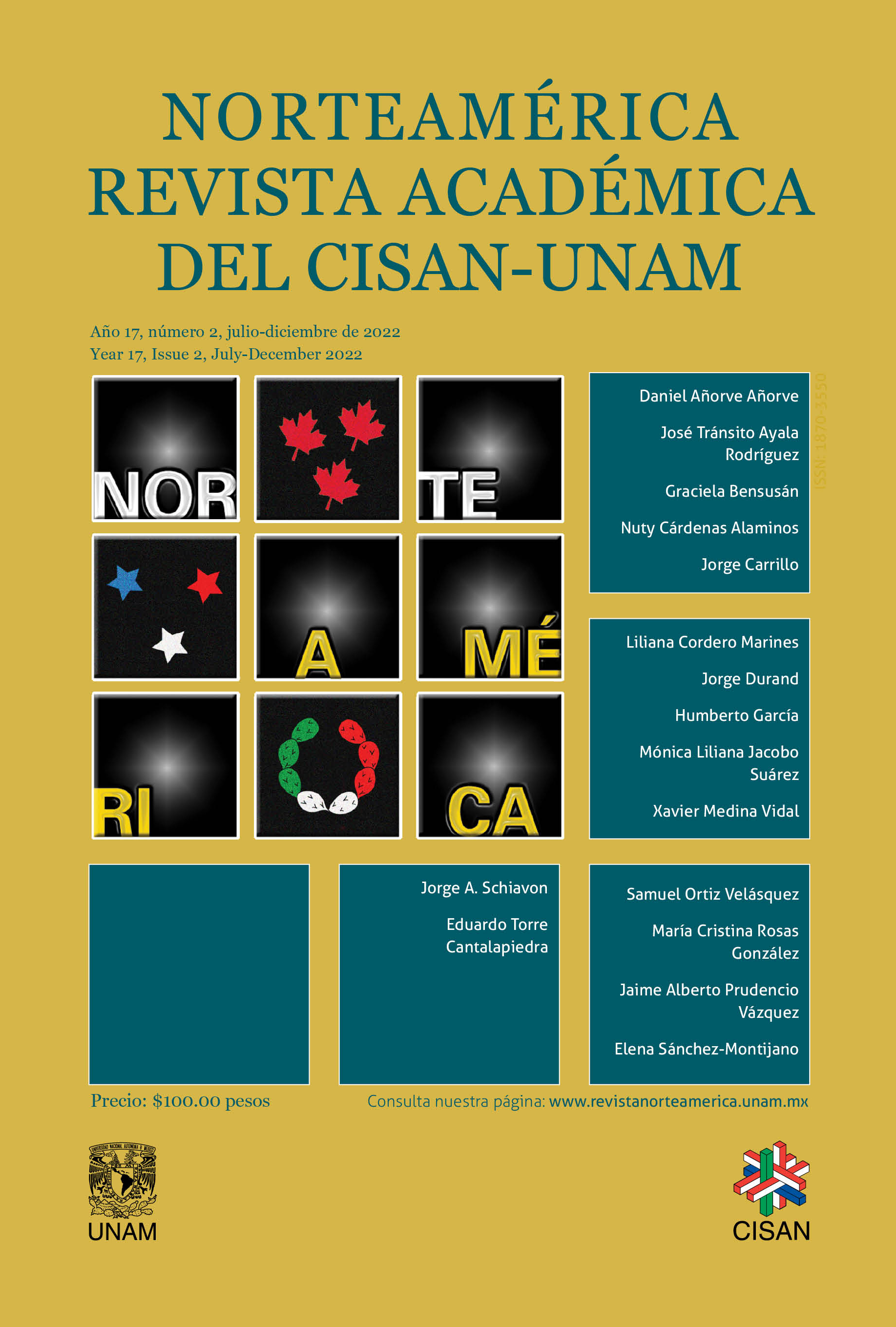Abstract
Mexico has been characterized by high levels of emigrant, transit and return populations; today we must add to these phenomena the migration that remains and settles in the country. Despite the increasing importance of migrant arrivals to the country, the integration of these people is barely being studied, let alone effectively managed. This article seeks to explore the integration model implemented in Mexico according to the migration policy that has been developed at the federal level and the reasons for this choice. To carry out this analysis I have worked with qualitative data: in-depth interviews and documentary analysis. The text concludes that two models of integration coexist: the one generated by the norm, predominantly inclusive and multicultural; and the one that is applied, of an assimilationist type and that differentiates certain migrants from nationals, as a response to the social, political and economic interests of the state.

This work is licensed under a Creative Commons Attribution-NonCommercial-NoDerivatives 4.0 International License.
Copyright (c) 2022 Elena Sánchez-Montijano



